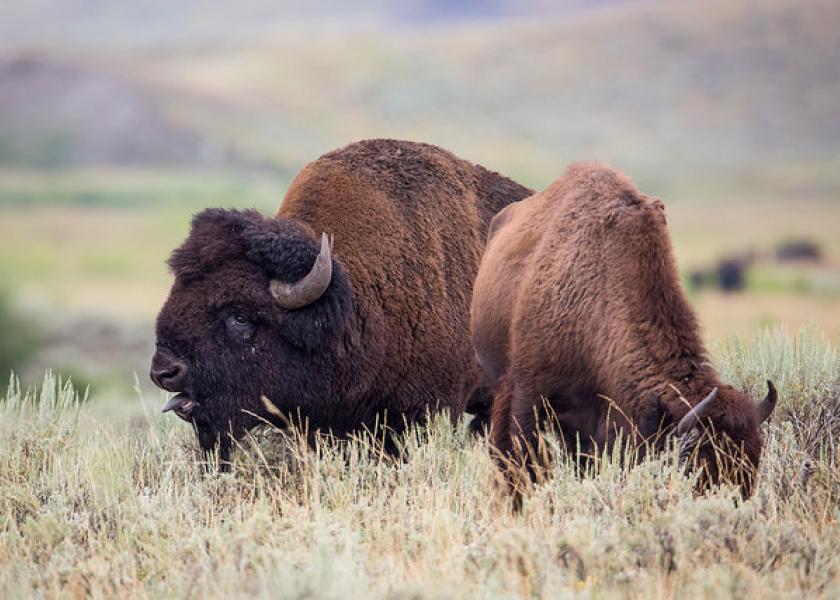Wyoming Vet Lab Getting Biohazard Facility to Test Wildlife

Work is underway at the Wyoming State Veterinary Laboratory to add a biohazard facility that will focus on the nasty diseases found in some Wyoming wildlife, like the plague and rabies.
The lab will test for livestock, wildlife and small-animal diseases.
Director William Laegreid said the upgraded "biosafety level 3" laboratory will allow veterinarians to keep the main facility open when an animal shows up with a serious disease. When that happens, people have to put on special suits and decontaminate the lab before routine work can resume.
Work comes to a halt when serious diseases are suspected, Laegreid said.
"We get them all the time," he said. "We have to change our procedures in the lab to accommodate these conditions. It's very disruptive to the lab to do that, which is one of the reasons we need a new one."
The Wyoming State Veterinary Laboratory, operated under the University of Wyoming, focuses on diagnosing diseases present in Wyoming wildlife, the Laramie Boomerang reported. Veterinarians from across the state send in samples of diseases they might not be able to identify. The lab also performs free rabies tests.
"If a cow gets sick, they take a swab of it and send it in," said Mark Davidson, quality control specialist. "We culture it, and it tells us a lot about the bacteria."
The biohazard facility also will be operated under the university's supervision.
Creation of the lab started in 2007 but had to be stopped because of quality control issues, the Laramie Boomerang reported.
"It wasn't up to standards," Laegreid said. "We were ready to move in and were trying out systems, but we just found a number of deficiencies."
The renovations are expected to be completed in a year. The Centers for Disease Control and Prevention still has to give its approval before the new laboratory can become operational.
Researchers hope the lab will help them find a way to cure or prevent brucellosis, a bacteria that causes abortions in cattle and large wildlife.
"I'm optimistic that we will improve our ability to detect infected animals and hopefully progress toward a vaccination," Laegreid said.







